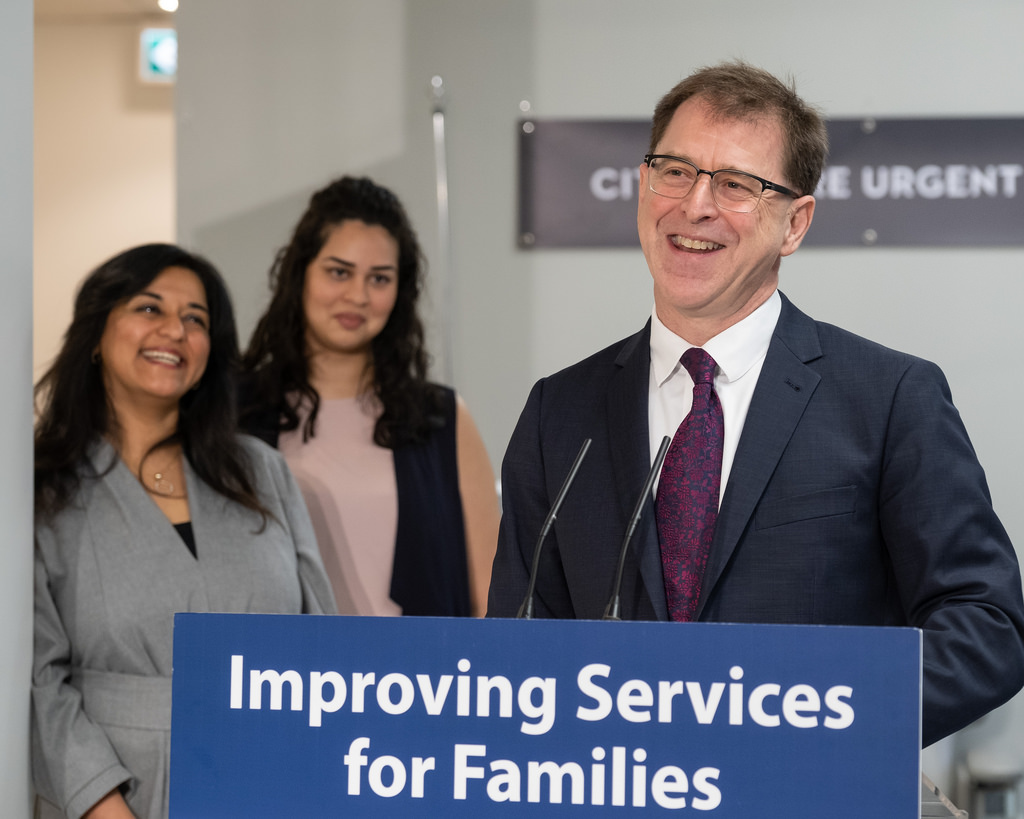VICTORIA: Eye health is important to British Columbians.
That is why the Ministry of Health and the Provincial Health Services Authority (PHSA) are following the recommendations put forward by all 29 retinal specialists in the Provincial Retinal Diseases Program, as well as two glaucoma specialists, to inform patients of the possible risk for glaucoma surgery following treatments offered by the program.
As well as providing patients with additional information on possible risks, the specialists recommended that external epidemiology experts from the BC Centre for Disease Control and the Public Health Agency of Canada be engaged to review the data from the program and wider research literature to identify any risks or new trends. This work is underway.
“All surgeries and medical interventions contain an element of risk, and out of an abundance of caution we want to make sure that patients are informed and understand the potential risks associated with these treatments,” said Adrian Dix , Minister of Health. “We have decided to move forward continuing the program based on the recommendation of the specialists, who have indicated that while there may be a level of risk associated with the treatments, suspension of the program and the resulting lack of provision of these injections would pose a serious risk of further deterioration of vision and possible vision loss in patients.”
The concern is related to potentially increased rates of patients needing glaucoma surgery following intravitreal injections, which are administered to patients facing severe vision loss. At this time, the rate may be up to 2.1% over two years of therapy. Following the external review, PHSA will look to share any findings not only with patients and providers in B.C., but also with others across Canada.
“We know from the scientific literature and our own experience that these treatments are vision-saving treatments,” said Dr. Maureen O’Donnell, executive vice-president, clinical policy, planning and partnerships, PHSA. “We want and need to keep providing them to patients whose sight is at risk. By taking these steps, we are ensuring that they are still available, but that patients are informed of the potential risks associated. We also will ensure the medical community and public that we are taking the necessary steps to understand these findings and act on them.”
Specialist members of the program’s joint accountability committee have collaborated with their colleagues. The 29 program retinal specialists and two glaucoma specialists are supportive of this approach of describing the possible risks to patients and agreeing to a common approach to data analysis, as well as examining additional aspects of the medication provision for improvement opportunities. They strongly recommended continuing the program that, to date, has been seen as highly effective in managing patients with these conditions.
“We applaud the government and Minister of Health Adrian Dix for engaging with stakeholders in a comprehensive review of the B.C. Provincial Retinal Diseases Treatment Program,” said Dr. Derek Godinho, president, Association of British Columbia Retinal Specialists. “We look forward to collaborating closely with government and our colleagues and are committed through this world-class program to ensuring safety and efficacy, and continuing to preserve the vision of the many thousands of British Columbians with sight-threatening diseases in all areas of the province.”
Concerns were first brought to the attention of PHSA, which administers the program, in late 2017. In early 2018, PHSA initiated a quality review. To date, the quality review has not been able to fully corroborate an overall increased rate of glaucoma surgery. Data indicates that the rate of glaucoma surgery in patients treated in the program appears relatively low overall. The results also found no clear relationship between glaucoma surgical rates and the drug treatments used in the program or how they were prepared or administered.
In B.C., there are three drugs used for the retinal program. The approximate percentage of Avastin usage is 85%, Eylea 14% and Lucentis is 1%. The current cost of the three drugs used in the program is $11.5 million in 2018-19. The use of Avastin ensures the affordability of the program.
Patients who have any concerns are recommended to speak to their retinal specialist.












